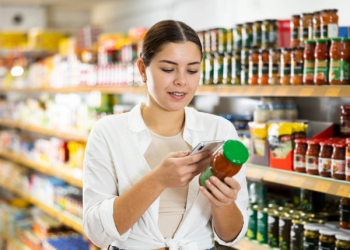
Five Biggest Struggles with FDA’s New Nutrition Label: Disclosing Added Sugar
Here are five of the biggest struggles companies are likely to encounter under FDA's new nutrition label proposal.
Under FDA’s current rules, companies list “sugar,” which includes a combination of both added and naturally occurring sugar. But 16% of the average American’s daily calories
Elizabeth Braithwaite, MPH, RDN, research and content manager for ESHA Research (Salem, OR), gives an example of how sugar would now be listed under the proposed regulation. “Currently a fruit drink that contains 25 g of sugar, including 15 g of added sugar, only reports 25 g of total sugar on the nutrition label. With the new added-sugar rule, the drink would report 25 g of total sugar and 15 g of added sugar.”
Still, considering the amount of added sugar out there, this change is likely to jar both healthy food and non-healthy-food companies alike. “I think that making added sugar a mandatory label component will be the item most controversial for food manufacturers,” Braithwaite predicts. Many more food products will become “more vulnerable” once their added-sugar content is exposed, she says.
Photo © iStockphoto.com/Maksud_kr
Newsletter
From ingredient science to consumer trends, get the intel you need to stay competitive in the nutrition space—subscribe now to Nutritional Outlook.





